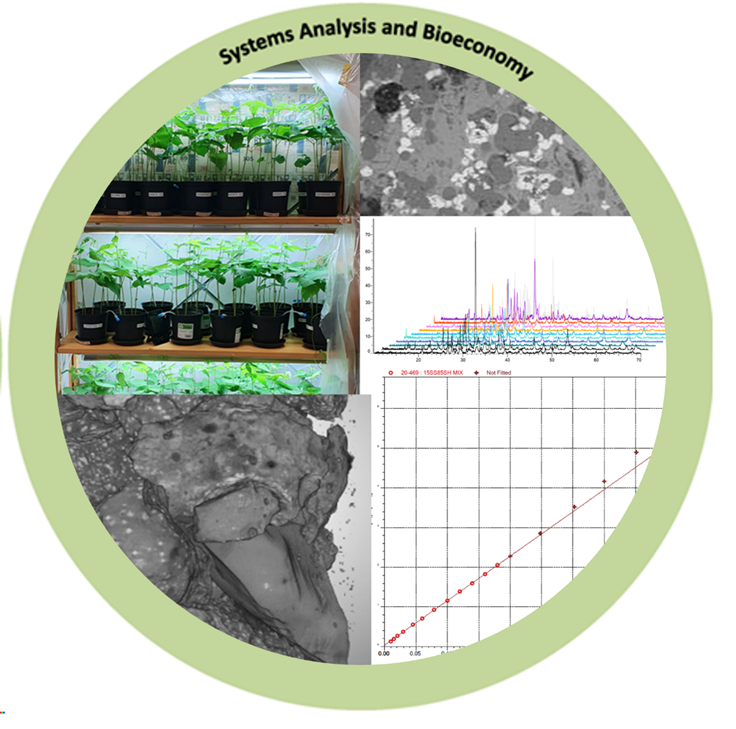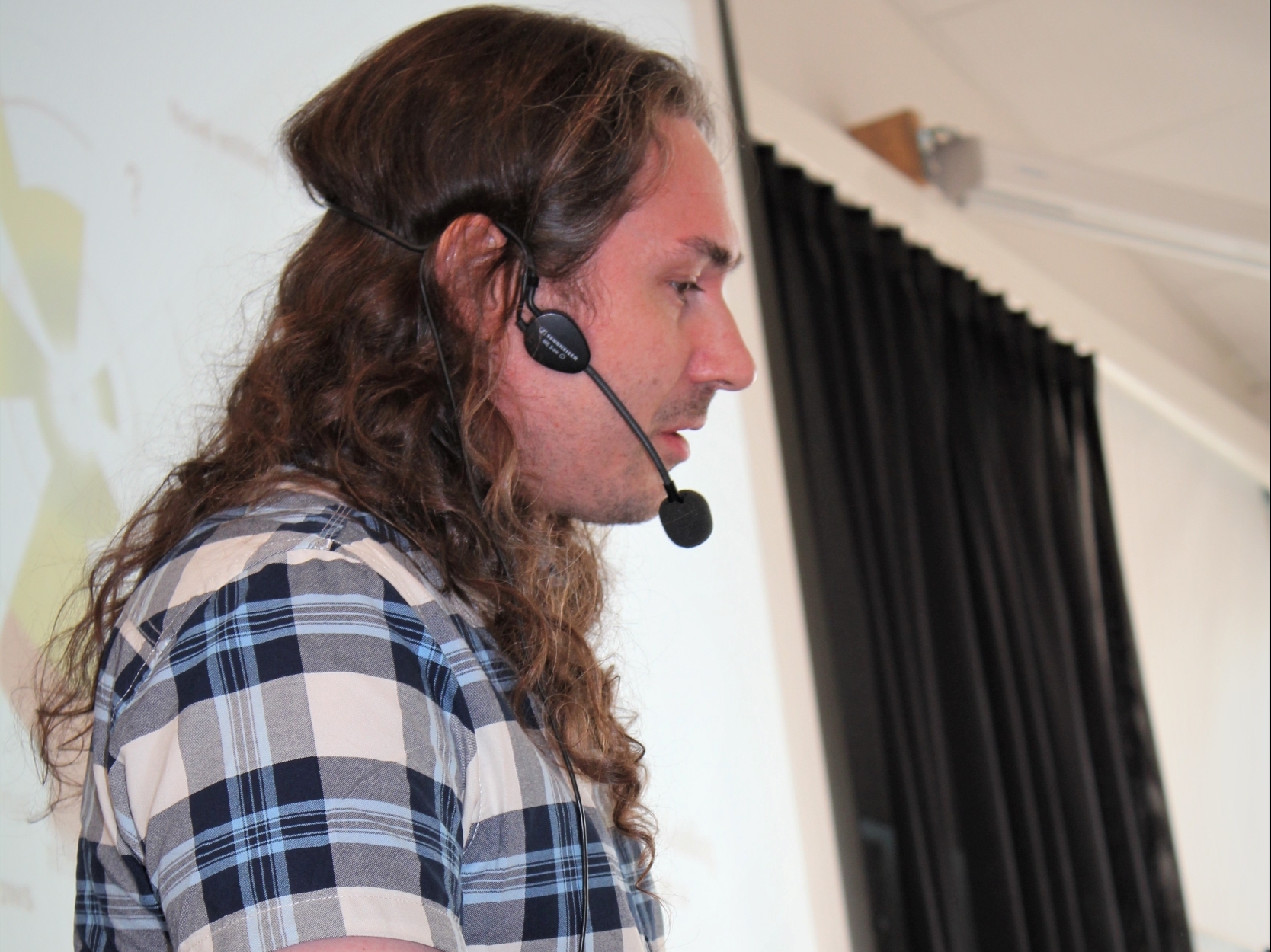Economic and environmental assessment of integrated phosphorus recycling from sludge ash in thermochemical biorefinery processes–impacts of metal mobility and ash particle morphology (ReAsh)
Project leader: Nils Skoglund, nils.skoglund@umu.se
Other participants: Elisabeth Wetterlund, Marcus Öhman, Fredrik Weiland
Platforms: EnviroNut, SysAnaBio, ThermoChem
Organisations: UmU, LTU, RISE
Status: Completed
Reference: B4E3-FM-1-07
Call: B4E3-FM-1, 2021-2022
The project aims to determine how economic and environmental performance of thermochemical biorefinery processes could be impacted by integrating a step of P recycling for biomass production from produced ash fractions. This required an ambitious, multidisciplinary approach which includes extensive chemical and morphological analysis of candidate ash fractions; assessment of their performance and potential environmental impact in plant experiments; and finally techno-economic assessment of the potential value of the ash particles in different contexts.
The potential feedstocks that may be used in P recycling were identified in two classes with potential relation to biorefineries; one from forestry, pulp and paper industry which comprised bark and two sludge types generated in this industrial sector. The second class is related to value chains where two lignocellulosic feedstocks were obtained from agricultural residues and sewage sludge was chosen as the P-carrying residual stream.
Ash particles were obtained by combustion of the fuels and their blends in a 20 kW fixed bed, where the blend ratios of sludge were determined by predicted impact on thermal conversion process stability as well as predicted phosphate type from thermodynamic equilibrium calculations. The resulting residual ash fraction from bottom ash and slag were selected for further study as they contained the absolute largest share of P introduced with fuel reaching >97%. The spatial elemental distribution generally pointed to a clear separation of the silicate slag matrix from most of the phosphates, and the compounds identified by X-ray diffraction for any sludge mixture pointed towards the general whitlockite structures as the main crystalline form of phosphorus. Surface area analysis and morphology pointed towards lowest surface areas in co-combustion of sludges from forestry. Further, areas could be defined by X-ray tomography as crystals within the slag indicating that milling could be required for fertilizer applications.
The generated ash particles were applied in plant (Phaseolus vulgaris) pot experiments to assess the impact on plant growth including comparison with a mineral phosphate fertilizer, triple super phosphate, and a mineral N fertilizer was applied to eliminate the N deficiency factor. In addition to this, leaching tests and assessment of potentially available metals or nutrients were conducted as well as soil pore water analysis. The performance in biomass production with ash particles were generally similar and for two cases, possibly slightly improved over mineral fertilizer. Importantly, it was found that concentrations of several potentially toxic trace elements (Cd, Pb, Sb, Se) were below the instrument detection limit in both water leachates and pore water. The elements detected in leachates (As, Co, Cr, Cu, Ni) were present only at relatively low concentrations.
Analysis of economic feasibility indicates that the gate fee at the combustion plant is the main determining factor for whether the proposed co-combustion is economically sound. The P recovery potential is present but the low cost of fertilizers means other factors will dominate. The strategy proposed would not be profitable if the fuel replaced is municipal solid waste, which carries a high gate fee, but would be profitable if waste wood is replaced as the fuel in heat and power production. The project thereby highlights the importance of how legislation may impact recovery of elements.
Keywords: phosphorus recovery, plant availability, ash fertilizer, economic feasibility


 ©AnnaStrom
©AnnaStrom



